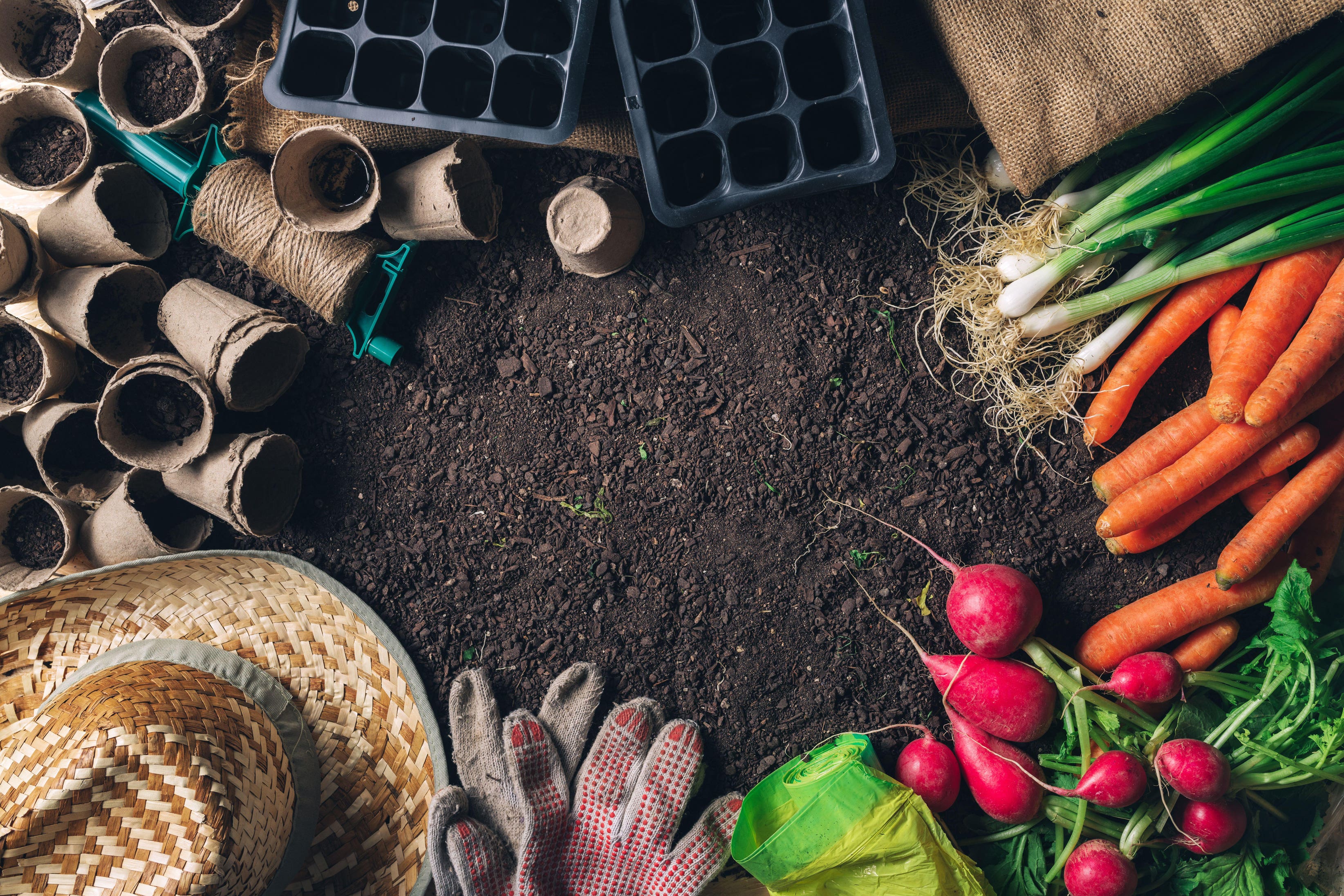How do you know if you are really gardening organically?
Ahead of Organic September, experts share top tips on being more eco-aware in the garden

Your support helps us to tell the story
From reproductive rights to climate change to Big Tech, The Independent is on the ground when the story is developing. Whether it's investigating the financials of Elon Musk's pro-Trump PAC or producing our latest documentary, 'The A Word', which shines a light on the American women fighting for reproductive rights, we know how important it is to parse out the facts from the messaging.
At such a critical moment in US history, we need reporters on the ground. Your donation allows us to keep sending journalists to speak to both sides of the story.
The Independent is trusted by Americans across the entire political spectrum. And unlike many other quality news outlets, we choose not to lock Americans out of our reporting and analysis with paywalls. We believe quality journalism should be available to everyone, paid for by those who can afford it.
Your support makes all the difference.Gardeners have long been ditching chemical pesticides, fertilisers and different types of compost in an effort to go organic – but how eco-friendly are these methods?
“’Organic’ is quite a poorly defined word in gardening products,” says Dr Anton Rosenfeld, research manager at charity Garden Organic. “It could even mean a bag of something that contains organic matter. However, usually it does refer to things that have been produced using sustainable methods.”
So, what should gardeners be looking out for, and what organic-friendly habits can they adopt?
Is it certified organic?
Rosenfeld explains: “Something that has been ‘certified organic’ has gone through a set of rigorously defined standards. The most common standards are The Soil Association and Organic Farmers & Growers (OF&G) or you might find things certified by Demeter, the Biodynamic Association.
“However, some gardening products have been made using perfectly sustainable methods, but they have not been certified organic because they don’t deem it worth going through the expense and administration, especially if they are a smaller company, or don’t envisage selling large quantities,” he adds.
“A company that is truly following sustainable practices should be able to provide you with full details of how and where the product was made, including the provenance of any ingredients/inputs so it’s worth asking and deciding if you’re comfortable with their response.”
Do your own thing
One of the most sure-fire ways of being on the right organic path is to make up your own compounds from natural materials.
“The most sustainable option is often to make as many of the products that you can on site (in your garden), as this reduces the carbon footprint of long supply chains and can close the loop by making use of ‘waste’ products,” says Rosenfeld. “This makes sense for people able to make potting compost on site from compost, leafmould and loam, or make their own plant-based liquid feeds from comfrey or nettles.”
Matthew Appleby, author of The Super Organic Gardener, also suggests rotating crops to avoid pests and diseases, and add biodiversity for pest control so you have balanced insect life on your plot.
Find organic seeds
“Organic seeds are often hard to source, but here again, it can make sense to save your own seeds, then you know that they have been grown sustainably and not treated with pesticides,” says Rosenfeld.
“Tomatoes, peas and French beans are a good place to start, but many flowers such as calendulas or coneflowers are also easy to save seed from. Just remember, plants from hybrids (look for F1 Hybrid on a seed packet) won’t turn out the same as their parents.”
Re-use garden items
“There are plenty of other ways you can reuse garden items to save buying-in, including using prunings for plant supports, pots for seed sowing or seedlings made out of paper. Also make use of old bamboo canes, pinecones, twigs etc for wildlife habitats,” Rosenfeld suggests.
Make your own liquid feed
Grow comfrey, which is a great plant for this as its leaves contain high levels of nitrogen, phosphorus and potassium. To make the feed, remove the leaves about 5cms above soil level. Wear gloves, as the stems can cause skin irritation.
Add 1kg of leaves to a bucket of water (around 15 litres). Press the leaves under the water and cover the container. In four to six weeks, the very smelly but nutritious brown liquid is ready for use and there is no need to dilute. The sludge at the bottom of the bucket can be added to your compost heap.
Avoid weed killer
Use your hoe rather than reaching for the weed killer, Appleby advises in his book, and use a no-dig method to prevent weed seeds surfacing.
Grow green manures
These are fast-growing plants sown to cover bare soil and are often used in the vegetable garden to smother weeds, while their roots prevent soil erosion. When dug into the ground while still green, they return valuable nutrients to the soil, the RHS advises. Green manures include buckwheat and fenugreek, mustard, alfalfa and red and white clover.
Companion plant
Many organic techniques are simply good gardening practices, the RHS maintains, including companion planting. Strong smelling plants can help deter some pests, so you may want to plant spring onions with carrots to confuse carrot root fly, or spray a garlic solution on your roses to deter aphids.
For more information and ideas, visit soilassociation.org


